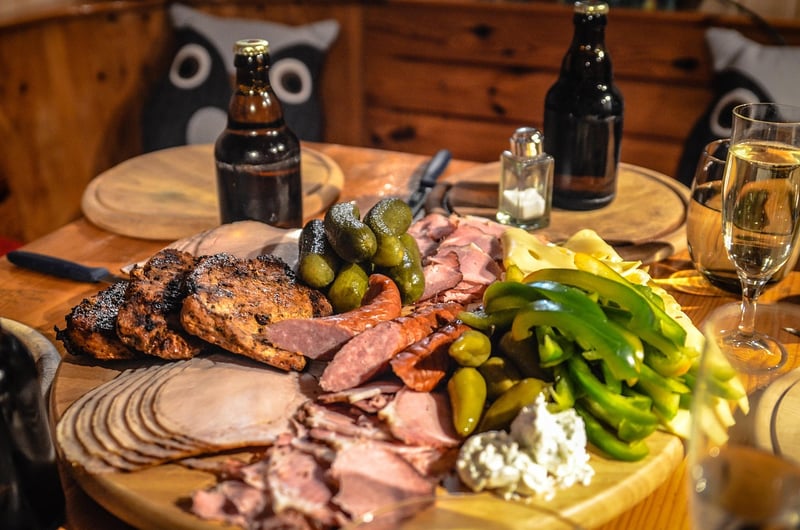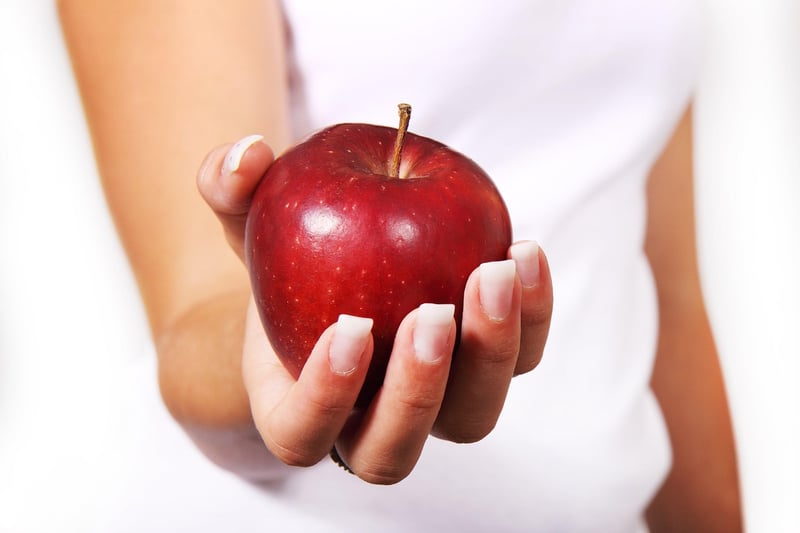Smoking Methods
Mastering Advanced Culinary Skills: Exploring Smoking Methods
Are you ready to take your culinary abilities to the next level? One way to elevate your cooking game is by mastering the art of smoking food. Smoking is a traditional cooking method that not only imparts delicious flavors but also adds a unique touch to your dishes. In this guide, we will delve into the world of smoking methods and how you can incorporate them into your cooking repertoire.
The Basics of Smoking
Smoking is a cooking process that involves exposing food to smoke from burning or smoldering materials, typically wood. This method not only cooks the food but also infuses it with a rich, smoky flavor. There are two primary types of smoking methods: hot smoking and cold smoking.
Hot Smoking
Hot smoking is a method where food is exposed to both smoke and heat, cooking it while infusing it with smoky flavors. This process is ideal for foods that require thorough cooking, such as meats, poultry, and fish. The temperature for hot smoking typically ranges between 200-250°F (93-121°C).
Cold Smoking
Cold smoking, on the other hand, is a technique where food is exposed to smoke without heat, allowing the flavors to penetrate the food without cooking it. Cold smoking is commonly used for cheeses, cured meats, and fish. The temperature for cold smoking should stay below 90°F (32°C).
Types of Smoking Woods
The type of wood you use for smoking can significantly impact the flavor of your dishes. Some popular smoking woods include:
- Hickory: Imparts a strong, bacon-like flavor, ideal for pork and beef.
- Apple: Offers a mild and sweet flavor, perfect for poultry and pork.
- Cherry: Gives a slightly sweet and fruity flavor, great for pork and poultry.
- Maple: Provides a delicate and sweet flavor, suitable for a variety of foods.
Tips for Mastering Smoking Methods
To master the art of smoking, consider the following tips:
- Control the temperature: Maintaining the right temperature is crucial for successful smoking. Invest in a quality smoker thermometer.
- Prep your food: Season your food before smoking to enhance its flavors. Brining or marinating can also add depth to the taste.
- Patience is key: Smoking is a slow cooking process that requires patience. Allow enough time for the flavors to develop.
- Experiment with different woods: Play around with various types of wood to discover unique flavor combinations.
Get Smoking!
Now that you're equipped with the knowledge of smoking methods, it's time to fire up the smoker and start experimenting in the kitchen. Whether you're smoking a brisket, salmon, or cheese, the art of smoking will undoubtedly elevate your culinary creations to new heights.
Remember, practice makes perfect, so don't be afraid to try new techniques and flavors. Happy smoking!


For more culinary inspiration and smoking recipes, check out Food Network - Smoking Recipes.
